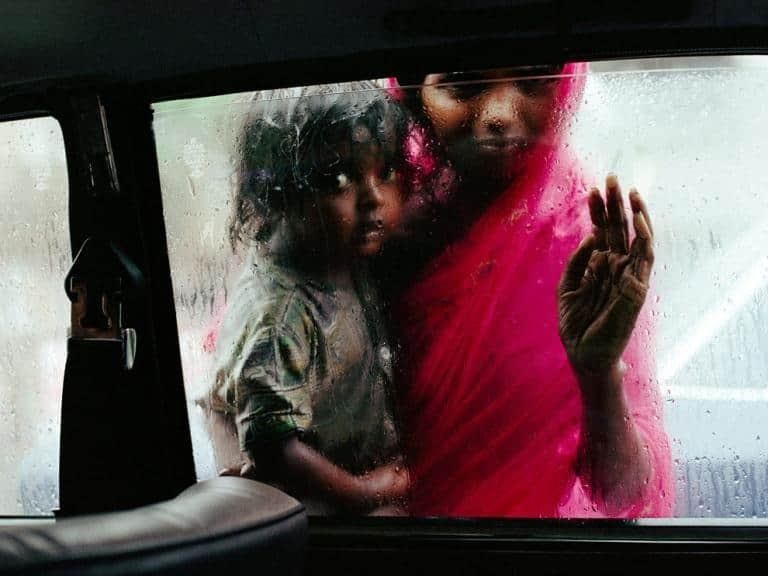Romanticism Of Poverty In Street Photography Of India
May 22, 2019 • 11 views
Media is being consumed at a much larger scale than it has been in the past. This makes culture easily accessible through texts, images and other such similar mediums. Specifically, in the mainstream representation of India, poverty has often served as the central theme. We observe some similar features such as a similar class of people, a similar type of environment and setting. The most repetitive features in the representation of Indian culture are - Mumbai slums, Holi, Sadhus, the Mumbai street traffic, and most importantly a similar class of people with the main aim of representing poverty. Hence, the representation of Indian culture is often times limited and restricted to this.
Instagram being a visual medium adequately sustains street photography and thus is being brought into the mainstream media. This, again, has poverty as the central aim - and due to its influence in the mainstream, more amateur photographers adapt this style of photography to get recognition. The most significant factor to observe in this art form is that this representation is mostly done by most Indian photographers who actively choose to represent their country in this way.

This image is taken from the National Geographic’s travel photo gallery called ‘Faces of India’. It is titled “Beggars, Mumbai” (Photographer: Steve Mccurry) and the description reads: ‘Half of Mumbai’s 12 Million inhabitant live in shantytowns, and many of them — like this mother and child — survive by begging.’ Under the theme ‘Faces of India’ this form of mass representation emphasizes the romanticism of this aesthetic, of people from a particular stratum of society. Apart from a few images, most of the pictures in this photo gallery represent only one class of people spread across the country.
These pictures, being captured by foreign photographers, represent culture in festivals, deities, poverty, rituals and street life. These lay emphasis on how culture varies all over India, but it ultimately focuses on the lower classes of people, neglecting the others as a whole. The main objective in raising the question of how the photographer might view the subject of the photograph and how that will differ from that of the viewer of the photograph is clearly the defined class lines. The fact that the photographer is in the taxi and is viewing the subjects from the vehicle is in itself indicating different classes and strengthening class lines. It goes on to say that the photographer is privileged enough to afford a taxi whereas the subjects are begging. Furthermore, in us viewing these images on a platform like National Geographic on our electronic devices, also clearly defines a certain class. Hence, the question of how poverty here is emphasized repeatedly through this very distinction is being raised. The child and the mother are the main objects here and them begging highlights poverty as the central theme.
